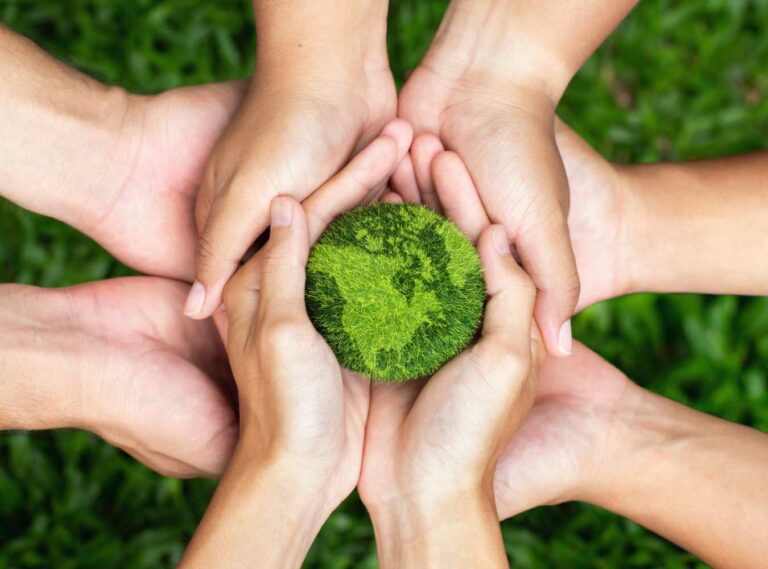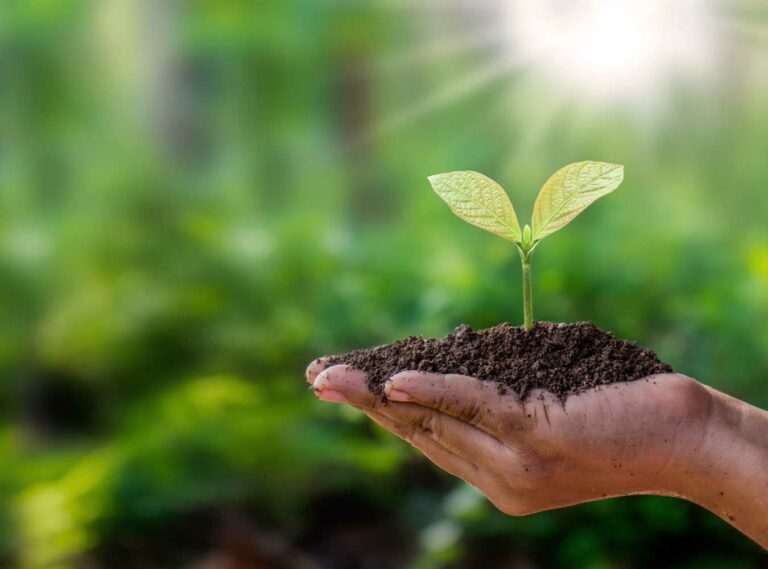
What Happened at COP27?
The 27th COP drew to a close on Sunday after two long weeks of negotiations on international climate change agreements.
Held in Sharm El-Sheikh, Egypt, it was the first COP to be held in Africa since 2016 and was framed as the ‘implementation COP’, which would lead to real action.
Hopes were high, and one significant outcome was the establishment of a new fund to help developing nations adapt to the effects of climate change.
However, other areas sadly saw little to no progress.
Keep reading as we unpack what exactly was decided at this crucial climate change conference and what this means for our future.
Educational content written by Carys Burton

The Loss and Damage Fund
Since COP events began in the mid-90s, many of the world’s poorest countries have sought money from the wealthiest nations to help them rebuild infrastructure damaged by extreme weather and other climate events, like rising sea levels.
They state that much of the blame for the global climate crisis comes from the CO2 emitted by nations like the UK, whose wealth was built from burning fossil fuels.
On top of that, UN research found that the 46 least-developed countries were responsible for just 1.1% of all emissions in 2019.
This is why the most significant bit of progress in Egypt this year was the last-minute agreement to set up a Loss and Damage Fund.
After decades of pushing, it is a momentous victory for climate-vulnerable developing countries, particularly considering the dramatic shift in the conversation since COP26 last year.
However, the fund still must be set up and filled with cash. Plus, there has yet to be an agreement on how the finance should be provided and where it should come from.

This makes it critical that the parties involved continue to build on the positive momentum created in Sharm and follow up next year at COP28.
As well as the loss and damage fund, countries discussed reforming the World Bank to ensure more funds can be accessed by countries struggling to cope with climate change.
Increased funding for boosting vulnerable countries’ resilience to climate change – a legacy from COP26 – was also reaffirmed.
Phasing Out Fossil Fuels
Last year in Glasgow, a commitment to phase down the use of coal was agreed upon.
It marked the first time a resolution on fossil fuels had been included in the final text.
At Cop27, some countries, led by India, wanted to go further and include a commitment to phase down all fossil fuels.
While the debate around this particular subject was tense and ran to the end of the conference, in the end, it failed, and the resolution included was the same as that of last year.

Another area that faced scrutiny was the target to keep warming below 1.5℃ and the ‘ratchet mechanism’.
This is simply the requirement for countries to regularly revise and communicate their emissions targets, known as nationally determined contributions or NDCs.
Thankfully, despite some nations wanting to scrap them, they survived, a necessary step in the battle against climate change.
However, a resolution for the world to hit peak emissions by 2025 was scrapped, which has been viewed as a step backwards.
The final text of COP27 did contain a provision to boost “low-emissions energy”.
This could mean anything from wind and solar farms to nuclear reactors and coal-fired power stations fitted with carbon capture and storage.
It could also be interpreted to mean gas, which has lower emissions than coal but is still a major fossil fuel, and the statement has drawn criticism for its vagueness.
All of this means the Glasgow commitment on coal continues to be the only reference to phasing out fossil fuels that has been agreed upon at COP – something that suggests the world is no closer to a big breakthrough in tackling the root causes of climate change.
Adapting to the Future
Climate action has three pillars: mitigation, adaption, and loss and damage.
While progress on mitigation and loss and damage may have been made, adaption, or our ability to adapt to a new climate, was rarely discussed.
The main issue is that adaptation lacks a concrete goal, similar to the 1.5℃ limit, and few countries have set out any plans.
However, a ‘global goal on adaptation’ has been promised, and when it is finally defined, it will help mobilise finance and spur implementation across the globe.
A minor victory was secured with the first acknowledgement of ‘tipping points’ in the final text from the negotiations.
This means that countries now accept that the world’s climate does not increase linearly but instead hits certain points that can accelerate the planet’s heating.
As well as accepting the existence of tipping points, the nations also agreed that humans have “the right to a clean, healthy and sustainable environment”.

Adaptation will likely be discussed more heavily next year in the UAE at COP28.
While it is clear that, overall, more work needs to be done to get the world’s nations working together and agreeing on set goals to solve the climate crisis.
Yet, every year the conversation is happening, and each COP puts us one step closer to a better, greener world.
Just one step...
Get in touch with Play It Green to find out how to join our sustainable community of change-making businesses





